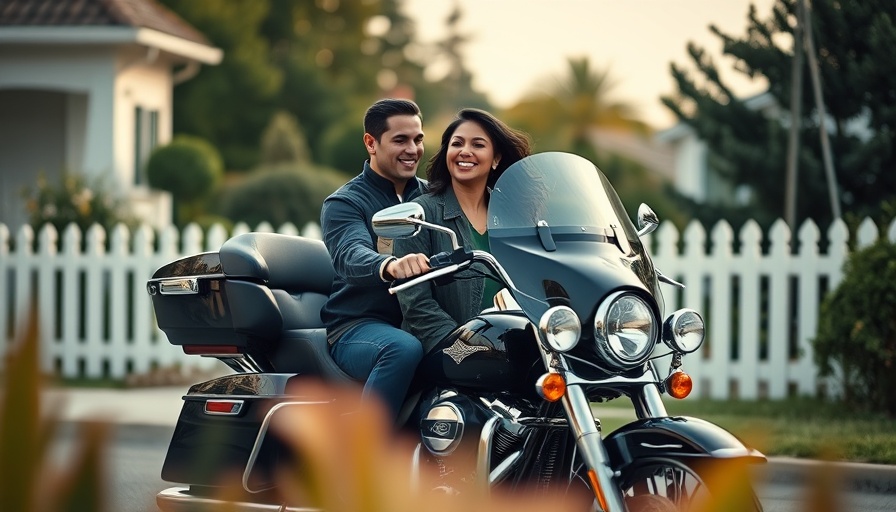
Exploring the Cost-Effective Cruiser Market
Motorcycles have long been a symbol of freedom and adventure, but not everyone can afford the iconic Harley-Davidson Fat Boy. Enter the Suzuki Boulevard M109R. Priced at $15,599, this bike provides an enticing option for enthusiasts looking for an affordable cruiser with powerful performance. While the Fat Boy’s status is bolstered by its history and pop-culture portrayals, the M109R is making waves for its impressive specs and budget-friendly cost.
Performance Comparison: Suzuki vs. Harley
When comparing the two motorcycles, it's crucial to look under the hood. The Harley-Davidson Fat Boy comes standard with a Milwaukee-Eight 117 Custom engine, which produces ample torque and power. On the other hand, the Suzuki Boulevard M109R packs a strong punch with its 1,786cc V-twin engine, delivering 123 horsepower and 118 pound-feet of torque. While the Fat Boy may boast a more luxurious and classic aesthetic, the M109R's aggressive styling and robust performance make it a strong competitor.
Reliability and Design: What’s Important?
While style plays a significant role in motorcycle ownership, reliability often weighs even heavier on buyers' minds. The Boulevard M109R has remained virtually unchanged since its debut in 2006, which indicates a high level of reliability backed by a proven design. This stability makes the M109R a sensible choice for those seeking a cruiser that can withstand the test of time. In contrast, the Fat Boy, while iconic, is accompanied by the weight of mechanical aging that can lead to higher maintenance costs over time.
Features That Matter: More than Just Looks
Before diving into the pros and cons of these two motorcycles, it’s essential to address what features both bring to the table. The Suzuki Boulevard M109R may not offer the extensive list of technology and infotainment options prevalent in newer models, but it compensates for this with a straightforward riding experience focusing on power and comfort. Conversely, the Fat Boy includes a wealth of features—from advanced braking systems to stylish chrome accents—which add to its allure but also contribute to its premium pricing.
Final Thoughts: Choosing Your Cruiser
Ultimately, the decision may come down to personal preference regarding style, performance, and budget. The Harley-Davidson Fat Boy certainly retains its place in the hearts of many for its cultural significance and road presence. However, for riders prioritizing power and price, the Suzuki Boulevard M109R stands out as a compelling alternative. As motorcycle enthusiasts look to 2024 and beyond, options on the market will only continue to grow and evolve, inviting new riders to experience the thrill of the open road.
Actionable Insights: Understanding Your Choices
As you consider your motorcycle options, think about your priorities—whether that's price, performance, or style. Utilize tools such as car comparison tools for broader insights into potential cruisers in 2024. Engage with motorcycle reviews to ensure you make an informed decision that best suits your riding desires.
 Add Row
Add Row  Add
Add 




Write A Comment